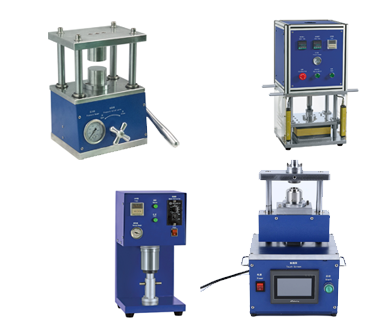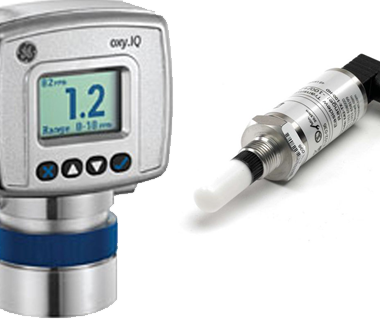No products in the cart.
Biological Safety Manual – Chapter 15: Integrated Pest Management (IPM)
Title
Biological Safety Manual – Chapter 15: Integrated Pest Management (IPM)
Introduction
IPM is an important part of managing a research facility. Man pests, such as flies and cockroaches, can mechanically transmit disease pathogens and compromise the research environment. Even the presence of innocuous insects can contribute to the perception of unsanitary conditions.
The most common approach to pest control has been the application of pesticides, either as a preventive or remedial measure. Pesticides can be effective and may be necessary as a corrective measure, but they have limited long-term effect when used alone. Pesticides also can contaminate the research environment through pesticide drift and volatilization.
To control pests and minimize the use of pesticides, it is necessary to employ a comprehensive program approach that integrates housekeeping, maintenance, and pest control services. This method of pest control is often referred to as IPM. The primary goal of an IPM program is to prevent pest problems by managing the facility environment to make it less conducive to pest infestation. Along with limited applications of pesticides, pest control is achieved through proactive operational and administrative intervention strategies to correct conditions that foster pest problems.
Prior to developing any type of IPM program, it is important to define an operational framework for IPM services that helps promote collaboration between IPM specialists and facility personnel. This framework should incorporate facility restrictions and operational and procedural issues into the IPM program. An effective IPM program is an integral part of the facility’s management. An IPM policy statement should be included in the facility’s standard operating procedures to increase awareness of the program.
Training sources for the principles and practices of structural (indoor) IPM programs is available through university entomology departments, county extension offices, the Entomological Society of America, state departments of agriculture, state pest control associations, the National Pest Control Association, suppliers of pest control equipment, and IPM consultants and firms. Several universities offer correspondence courses, short courses, and training conferences on structural pest management.
IPM is a strategy-based service that considers not only the cost of the services, but the effectiveness of the program’s components. Each IPM program is site-specific, tailored to the environment where applied. Laboratory IPM services will be different from those in an office building or an animal care facility. Interrelated components of “Environmental pest management” include:
Table of Contents
- Facility Design
- Monitoring
- Sanitation and Facility Maintenance
- Communication
- Record Keeping
- Non-pesticide Pest Control
- Pest Control with Pesticides
- Program Evaluation and Quality Assurance
- Technical Expertise
- Safety
- References
Facility Design
IPM issues and requirements should be addressed in a research facility’s planning, design, and construction. This provides an opportunity to incorporate features that help exclude pests, minimize pest habitat, and promote proper sanitation in order to reduce future corrections that can disrupt research operations.
Monitoring
Monitoring is the central activity of an IPM program and is used to minimize pesticide use. Traps, visual inspections, and staff interviews identify areas and conditions that may foster pest activity.
Sanitation and Facility Maintenance
Many pest problems can be prevented or corrected by ensuring proper sanitation, reducing clutter and pest habitat, and by performing repairs that exclude pests. Records of structural deficiencies and housekeeping conditions should be maintained to track problems and determine if corrective actions have been completed in a timely manner and were effective.
Communication
A staff member should be designated to meet with IPM personnel to assist in resolving facility issues that impact on pest management. Reports communicated verbally and in writing concerning pest activity and improvement recommendations for personnel practices and facility conditions should be provided to the designated personnel. Facility personnel should receive training for subjects such as pest identification, biology, and sanitation, which can promote understanding and cooperation with the goals of the IPM program.
Record Keeping
A logbook should be used to record pest activity and conditions pertinent to the IPM program. It may contain protocols and procedures for IPM services in that facility, Material Safety Data Sheets on pesticides, pesticide labels, treatment records, floor plans, survey reports, etc.
Non-pesticide Pest Control
Pest control methods such as trapping, exclusion, caulking, washing, and freezing can be applied safely and effectively when used in conjunction with proper sanitation and structural repair.
Pest Control with Pesticides
Preventive applications of pesticides should be discouraged, and treatments should be restricted to areas of known pest activity. When pesticides are applied the least toxic product(s) available should be used and applied in the most effective and safe manner.
Program Evaluation and Quality Assurance
Quality assurance and program review should be performed to provide an objective, ongoing evaluation of IPM activities and effectiveness to ensure that the program does, in fact, control pests and meet the specific needs of the facility program(s) and its occupants. Based upon this review, current IPM protocols can be modified and new procedures implemented.
Technical Expertise
A qualified entomologist can provide helpful technical guidance to develop and implement an IPM program. Pest management personnel should be licensed and certified by the appropriate regulatory agency.
Safety
IPM minimizes the potential of pesticide exposure to the research environment and the staff by limiting the scope of pesticide treatments.
References
- Robinson WH. Urban entomology: insect and mite pests in the human environment. New York: Chapman and Hall; 1996.
- Bennett GW, Owens JM, editors. Advances in urban pest management. New York: Van Nostrand Reinhold Company; 1986.
- Olkowski W, Daar S, Olkowski H. Common sense pest control: least-toxic solutions for your home, garden, pests and community. Newton (CT): The Taunton Press, Inc.; 1991.
- National Pest Control Association [https://www.pestworld.org/]. Fairfax (VA): The Association; [cited 2006 Sept 25]. Available from: https://www.pestworld.org/.
- Biocontrol Network [http://www.biconet.com/]. Brentwood (TN): Biocontrol Network; c 1995-2006 [updated 2006 Sept; cited 2006 Sept 25]. Available from: http://www.biconet.com/.
Back to Chapter Fourteen
Proceed to Chapter Sixteen





